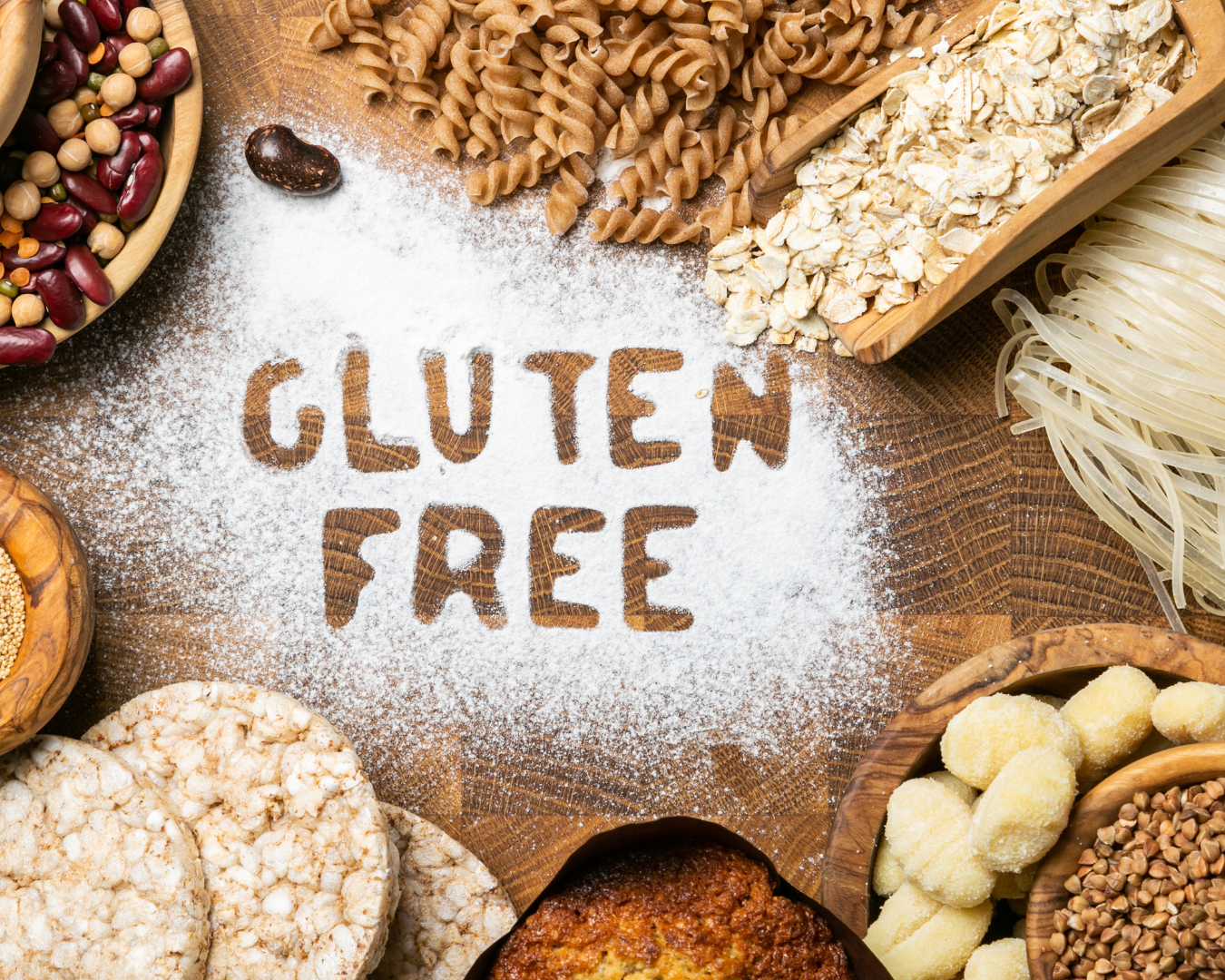Embracing a Gluten-Free Diet: A Path to Better Health
In recent years, the gluten-free diet has gained significant popularity, not only among those with specific health conditions but also among individuals seeking to improve their overall well-being. This dietary approach eliminates gluten, a protein found in wheat, barley, and rye, offering a variety of benefits for those who need or choose to avoid gluten. Understanding Gluten and Its Effects Gluten is a protein that gives dough its elasticity and helps it rise. It is found in a variety of foods, including bread, pasta, cereals, and many processed foods. For some people, gluten can cause severe health issues: Who Benefits from a Gluten-Free Diet? Navigating the Gluten-Free Diet Adopting a gluten-free diet involves understanding which foods contain gluten and finding suitable alternatives. Here are some tips to get started: Delicious Gluten-Free Meal Ideas Potential Challenges and Tips for Success Adopting a gluten-free diet can come with challenges, especially when dining out or traveling. Here are some tips to help you stay on track: A gluten-free diet is essential for individuals with celiac disease, gluten sensitivity, or wheat allergy and can offer health benefits to those who choose to avoid gluten for other reasons. By understanding which foods to avoid and finding delicious gluten-free alternatives, you can enjoy a varied and satisfying diet that supports your health and well-being. Embrace the journey to better health with a gluten-free lifestyle and discover the positive changes it can bring to your life.


